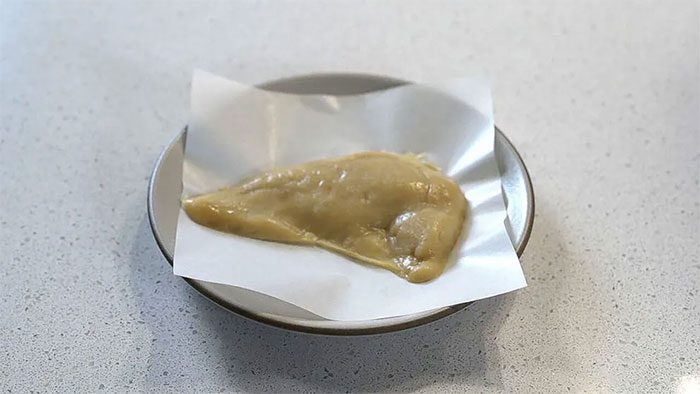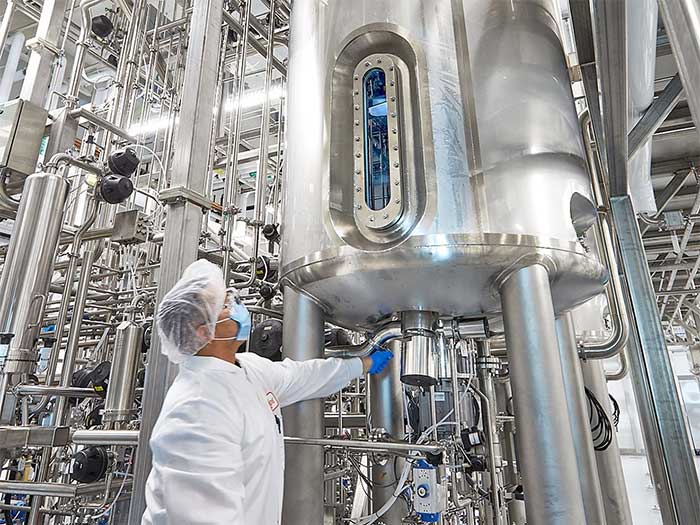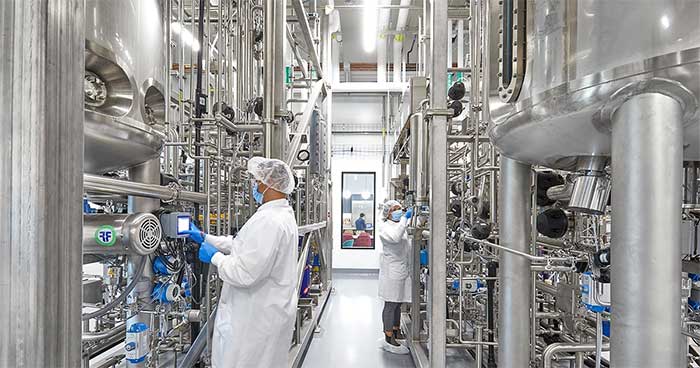These products are still meat; the only difference is that they do not come from parts of a chicken.
Until now, every piece of chicken we consume daily has come from real chickens, but this is slowly changing. Two startups specializing in lab-grown meat have convinced regulators in the United States to allow them to start selling their laboratory-developed meat products to the public.
This does not mean that the dish served on your table is something other than meat. It is still chicken, except it is created from a few cells taken from a living chicken—rather than from a specific part of the bird. Currently, lab-grown meat is not widely available, but this represents a significant advancement for the future of the meat industry.

Lab-grown chicken from Upside Foods.
The two startups are Good Meat and Upside Foods—the latter backed by billionaire Bill Gates along with other investors including Cargill, John Doerr, Richard Branson, and SoftBank. They have received approval from the U.S. Department of Agriculture to sell their lab-grown meat products in restaurants. This approval came after the U.S. Food and Drug Administration (FDA) determined last year that lab-grown chicken is safe for human consumption.
This makes sense since the ingredients that make up this meat are identical to real chicken. They are simply cells synthesized in a massive tank rather than inside a chicken.
Good Meat has sold fried chicken products, chicken pieces, and lab-grown chicken nuggets in Singapore, the first country to allow the sale of such products. Upside Foods also has a similar product line (artificial chicken nuggets) but is focusing on the U.S. market and has raised substantial investments to achieve this. Investors funded about $400 million for this startup just last year.

Upside Foods’ production facility is currently capable of producing 23 tons per year, with plans to increase to 180 tons per year.
Currently, Upside Foods is in the process of expanding its production capacity. The company reports that its facility can produce nearly 23 tons of meat per year and eventually plans to scale up to over 180 tons per year.
At present, the cost of these products poses a significant challenge as they are extremely expensive, but investors are betting that in the future, the production costs of lab-grown meat will decrease while the prices of natural meat will rise.

Companies will collaborate with restaurants to deliver their products to consumers.
According to Upside Foods, lab-grown meat can offer higher production efficiency when considering the environmental impacts of current agricultural practices. The company states that producing one calorie of energy from natural meat uses 100 times more water than producing one calorie from wheat.
The high prices and limited supply make it almost impossible to purchase these lab-grown chicken products in supermarkets. Instead, companies will partner with restaurants to provide their products to consumers.
For example, Upside Foods will supply a restaurant in San Francisco called Bar Crenn, while Good Meat will collaborate with a restaurant in Washington, D.C., currently owned by renowned chef José Andrés. However, in the coming years, you may start seeing these lab-grown meat products appearing more widely. Currently, there are about 150 companies around the world working to make lab-grown meat tastier and more affordable to replace meat in your meals.





















































